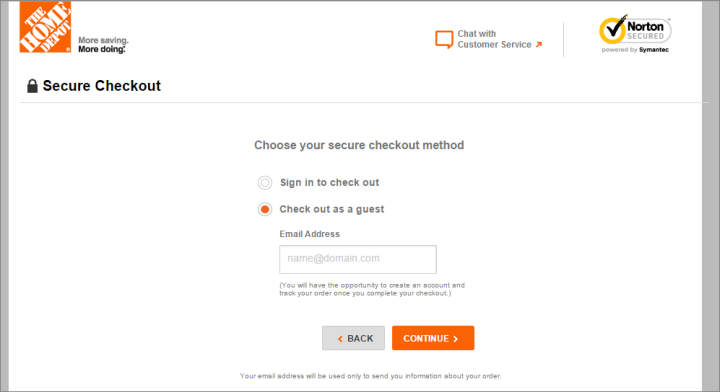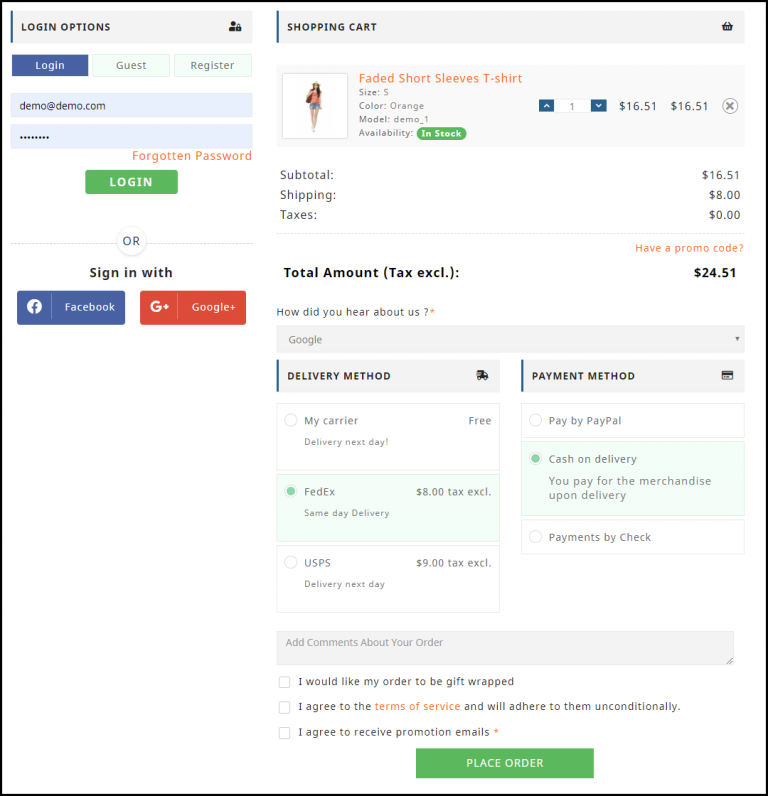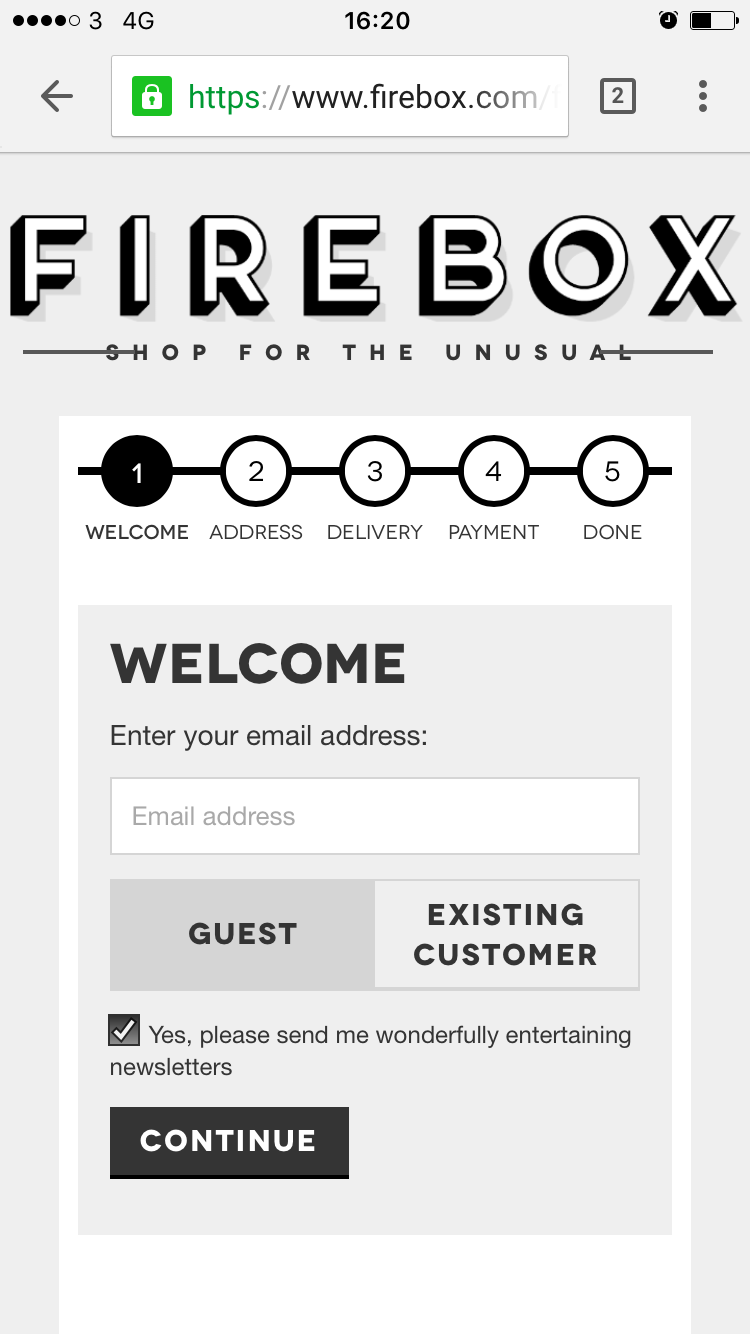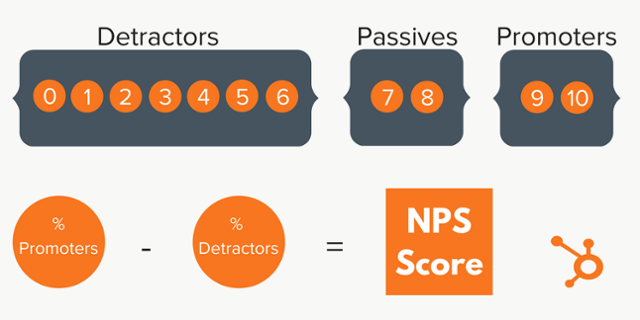For most businesses, the key to increasing revenue will depend on how well they can retain their current customers. While most businesses concentrate on customer acquisition, customer retention is the difference between a successful business and a failed one.
In this article, we learn what customer retention is. We will also see how to calculate customer retention rates, the importance of customer retention, and the best retention strategies you can use to boost business growth.
Table of Contents
What is customer retention?
Customer retention refers to the actions a business takes to turn one-time customers into return customers. The aim of customer retention is to keep as many customers as possible for as long as possible.
Customer acquisition is the backbone of any successful business. It is also a continuous process that starts from when you acquire the customer and continues throughout the lifetime of the business relationship.
Most businesses concentrate on the customer acquisition phase and neglect customer retention.
The question to ask is – what is the point of acquiring new customers when they don’t remain with you? For most businesses, profitability will come from return purchases.
Instead of just defining customer retention, let’s see some stats and reasons why you should take customer retention seriously.
Why customer retention is important for your business
An inability to retain customers leads to customer churn. Customer churn will kill any business regardless of the capital or resources at its disposal.
Customer churn is the percentage of customers that stop using your products or services after a given period. It can also be called customer turnover or customer defection.
You will lose customers but it becomes a problem when your customer acquisition rate is significantly higher than your retention rate.
Most businesses spend more of their efforts on customer acquisition because they see it as a quick way to increase revenue. When in reality, they are losing money. It costs a lot more to acquire new customers than to retain the customers you already have.
How so?
To acquire a new customer, you will need to spend money on acquisition channels. This will involve attracting and educating the customer before converting them into paying customers.
With customer retention, the process is less expensive.
It is much cheaper to market to customers who are already engaged with your brand. They have already expressed interest in your products. In fact, studies show that returning customers are 67% more likely to spend than the new customers you are trying to acquire.
You will be spending less marketing dollars and also reduce operation costs by investing in customer retention. According to this Havard article, increasing your customer retention rate by just 5% can boost profits by 25% to 95%.
As you can see, customer retention is one of the most effective ways to increase revenue and profits. Before we see the strategies you can use to retain new customers, let’s see how you can calculate your retention rate.
How to calculate your customer retention rate
First, choose the time frame you want to measure.
In this example, we will calculate the customer retention rate of a business from Sept 1, 2020, to Oct 31st, 2020.
Customer retention rate formula
This is the formula for calculating customer retention rate –
CRR = ((E-N)/S) X 100
Where;
E stands for customers at the end of a period
Note: How to calculate E
E = ((Number of customers at the start of the period + (Number of new customers acquired during the period – number of churned customers))
N stands for new customers you acquired during that period
S stands for the number of customers you had at the start of the period
An Example
Let’s say you had 1000 customers before Sept 1 to Oct 31 (S). During that period, you lost 10 customers and gained 120 (N) new customers. This means that at the end of the period, you had 1000 of your original customers, plus 110 new customers. At the end of the period, you will have a total of 1110 customers (E).
Input those numbers into the formula:
CRR = ((1110-120)/1000) X 100
CRR = 99%
So your customer retention rate is 99%.
Customer retention strategies that work
We have seen the importance of customer retention and how to calculate it. Now, let’s dive into actionable strategies that will help you retain more customers.
Set realistic expectations for new customers
To retain customers successfully, you should only promise what you can deliver. In a bid to close the sale, do not over-promise. If a customer does business with you because of your lofty promises and then you under-deliver, they will churn fast.
You want to under-promise and over-deliver. This will impress the customer, create trust, and build brand loyalty.
One thing to note is that customers will remember one negative experience over several positive experiences. A single negative experience with your brand can cause a customer to leave.
Even if you manage to meet that high expectation on the first purchase, can you maintain it throughout the lifetime of the relationship?
Only set a standard you can maintain. If you fall below the standard the customer is accustomed to, they will leave.
Optimize your value proposition
A value proposition is a promise of value to be delivered. It’s the primary reason why a prospect will want to buy from you.
From this definition, it seems like your value proposition is most important when you are trying to convert a prospect into a customer. That’s not entirely true.
As a business, you can divide your value proposition into two: actual value proposition and perceived value proposition.
Actual value proposition: This is the direct product or service offering that the customer will gain from doing business with you.
Perceived value proposition: Perceived value is what consumers think the product is worth to them. Perceived value is more about making a customer feel good about their purchase.
In today’s world, customers want to do business with brands that have a strong corporate social responsibility. In a survey by Markstein, an integrated communications agency, and Certus Insights, a public opinion firm, 70 percent of consumers want the brands they support to have company policies that address social and environmental issues.
As a brand, you can create policies that support go green initiatives or a charitable cause. While these practices do not add actual value to your brand, they add perceived value.
Make the checkout process frictionless
One of the easiest ways to retain your customers is to remove as much friction as possible during the checkout process.
The fewer obstacles the customer faces before making their purchase, the more likely they are to come back.
Here are some simple tips to make the checkout process as seamless as possible:
Do not make it a requirement for the customer to log in before they can make a purchase: Research shows that 34% of customers will abandon the cart if they are forced to create an account before they can buy.
If you want to collect the customer information, it’s best to request it after they have made the purchase. You can also put the options to ‘sign in to check out’ or ‘check out as a guest’.
Create a one-page checkout: It is best practice to fit every step of the checkout process into one page. Customers might get frustrated moving from one page to the next before making their purchase.
If for some reason you cannot fit the checkout process in one page, display a checkout progress bar.
Tip: For increased conversions, fit everything in one checkout page.
Keep the checkout form as simple as possible: Avoid adding unnecessary fields to the checkout form. For instance, use a single field for the customer’s full name, instead of separate first and last name fields. You can also speed up the process with auto-populated form fields
Improve customer service
A happy customer is a returning customer. How important is customer service in that equation?
90% of Americans use customer service as a factor in deciding whether or not to do business with a company (American Express)
After one negative experience, 51% of customers will never do business with that company again. (Helpscout)
73% of customers will remain loyal because of friendly customer service reps. (RightNow)
One of the ways you can improve customer service is by making it easy for your customers to reach you. On your brand’s website, ensure that your contact info is clear and easy to find. Adding live chat to your site will also improve the customer support experience.
In the modern business arena, where competition is fierce and customer expectations are sky-high, providing exceptional support has become a crucial factor in building lasting relationships with clients. Forward-thinking organizations recognize the immense value of investing in cutting-edge customer service software, which acts as a powerful ally in their quest to deliver unparalleled assistance.
These advanced tools serve as a nerve center for customer interactions, equipping support teams with the means to tackle inquiries with poise, resolve problems swiftly, and gain precious insights into the dynamic needs and desires of their valued patrons.
By tapping into the potential of customer service software, companies can craft a support experience that not only exceeds expectations but also cultivates a profound connection with customers. Using an AI phone agent like Brilo can help foster an unbreakable bond of loyalty that keeps them returning for more.
With live chat software, such as LiveChat, offered by leading vendors, you can communicate with customers in real-time, answer their questions promptly and provide one-on-one assistance. This convenient communication channel will increase customer satisfaction and streamline your support team.
Some important customer service KPIs to track include:
First Response Time (FPT): This is the average time it takes your customer reps to reply to a customer after a query.
Customer Satisfaction Score (CSAT): This KPI helps you evaluate the percentage of customers that are satisfied with your services, products, and business.
How to calculate CSAT
( # of customers who responded as satisfied / # of total customers surveyed ) X 100 = % of satisfied customers
First Contact Resolution: This KPI helps you evaluate how efficiently your customer service team resolves customer issues without needing multiple interactions.
Net Promoter Score: NPS is a customer service metric used to measure the loyalty of customers to a company.
How to calculate NPS
((Number of Promoter Scores/Total Number of Respondents) X100) – ((Number of Detractor Scores/Total Number of Respondents)X100)
Collect customer feedback
To help you understand how your customer feels about your brand, you should regularly collect feedback. Customer feedback will help you identify the areas of your business where you need to improve.
By making the necessary changes, you will not only improve the customer experience for your current customers but will also optimize the process for prospective customers.
One of the most effective ways to collect customer feedback is by running surveys. You can run the surveys on the Thank You Page after checkout or on social media. Check out this article on how to design and analyze customer satisfaction surveys.
Continuously educate your customers
Educating your customers is one of the best ways to turn them into long-term customers. If you consistently deliver value in the form of great content to your customers, they will come back for more.
There are 2 unique things you can educate your customers about. They include:
Your Product, Service, and Company
The most important thing you should educate your customer about is your company and the products or services you offer. Show them in detail what they will gain from using your product over your competitors. Show them why your business is the best place for them.
Tip: You must be transparent also. Include both the amazing and less positive aspects of your product. Also, make it a point to explain how you are working on improving the less positive aspects.
Related Subjects
You should also educate your customers on subjects that are not directly related to your business. Create content dedicated to educating your customers on broader topics related to your niche. For example, KyLeads has a blog with in-depth articles on surveys, CRO, and email marketing.
Offering this broader knowledge will increase your customer’s trust. Customers will see that you have their best interests at heart and will be more willing to do business with you.
Offering great content will also help improve your authority in your field. You get to stay on top of the mind of your customers. Your business will be their go-to when a conversation comes up in your niche.
Not only will the blog help in educating your current customers, but it will also serve as a lead generation channel. The key is to target keywords that your customers are searching for. A keyword research tool will help you get started with this. (Check out this comparison guide between Moz vs SEMRush to see how a keyword research tool works)
Conclusion
Customer retention is a powerful strategy that will help you increase your revenue. The key is to ensure that you give enormous value to your customers while offering an amazing customer experience.
Take your time to identify your goals and run continuous A/B testing to ensure that you are meeting those goals
Let me know what you think in the comments and don’t forget to share




Nice Article! you have covered almost everything on improving customer retention